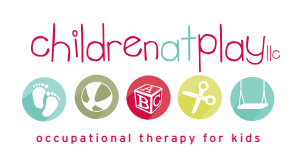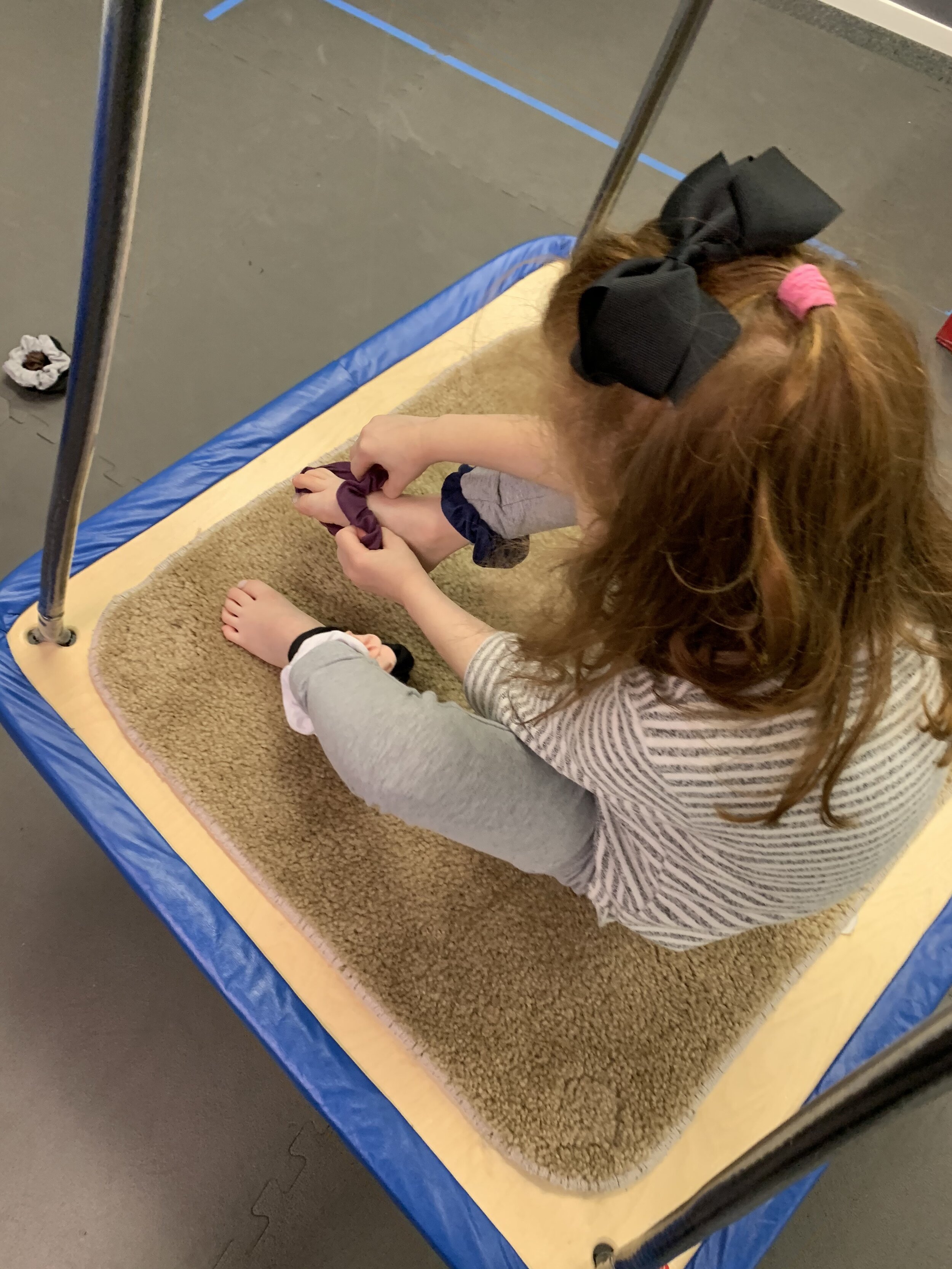Embracing kids for who they are without placing a demand for a verbal response is so important to help kids feel connected. It gives them a sense of safety and belonging. Using low-demand connection-based phrases can help your child regulate and build confidence. These are especially helpful phrases to use after school or when your child is burned out. Here are some ideas:
Connection-based phrase ideas for parents:
• “I love spending time with you”
• “I’m so happy to see you!”
• “I couldn't wait to pick you up from school today!”
• “You have great ideas!”
• “This family would not be the same without you.”
• “I’m so excited to spend time with you.”
• “I thought about you when you were at school today.”
• “I thought about you when I was grocery shopping today, I bought your favorite ____”
• “I missed you today while you were at school”
• “I love it when you share your ideas with me”
• “Being around you is fun”
• “I love to watch you play”
• “I am so lucky to be your parent”
As parents, it's so hard to hold back our questions when it comes to what your child did at school and how they behaved. It’s totally normal as a parent to want to know if they listened to their teacher or if they got in trouble, but this really adds to the child’s stress and pressure (which is inevitable when you're having a hard time at school). Instead of asking questions about behavior or open-ended questions that are hard to answer, try some of these connection-based questions.
Connection-based questions for parents:
• What was something funny that happened at school today?
• Tell me something that made you happy today.
• What book did you read at circle time today?
• What did you play during recess?
• What was your favorite thing you learned today?
• Tell me something kind someone did today.
• What did you notice today at school that other people probably didn’t notice?
• Were you able to help someone today with a problem?
• What did you try hard at today?
Praise is a great way to build confidence in kids. Providing a variety of praise, especially praise that builds self-esteem, authenticity, and intrinsic motivation, is key. Here are some ideas:
Praise the STRATEGY:
◦ You found a really good way to do it!
◦ I didn't think of it that way
◦ I love how your mind works
Praise with SPECIFICITY:
◦ You really seem to understand multiplication
◦ I like how you organized your room
◦ I love the way you tell stories
Praise EFFORT:
◦ You worked hard on that
◦ I could tell that was important to you
◦ I notice you have been working on that
Every moment spent together, filled with connection-based phrases and thoughtful questions, allows children to blossom into their truest selves. The power of praise, through acknowledging their unique strategies, specific achievements, and unwavering effort, ignites children's and all people’s self-esteem and intrinsic motivation.
Parenting is challenging, especially parenting neurodiverse children. Your intentional parenting, embracing their individuality and celebrating the amazing progress they have already made, is helping your child become more confident, resilient, and full of boundless potential.




































